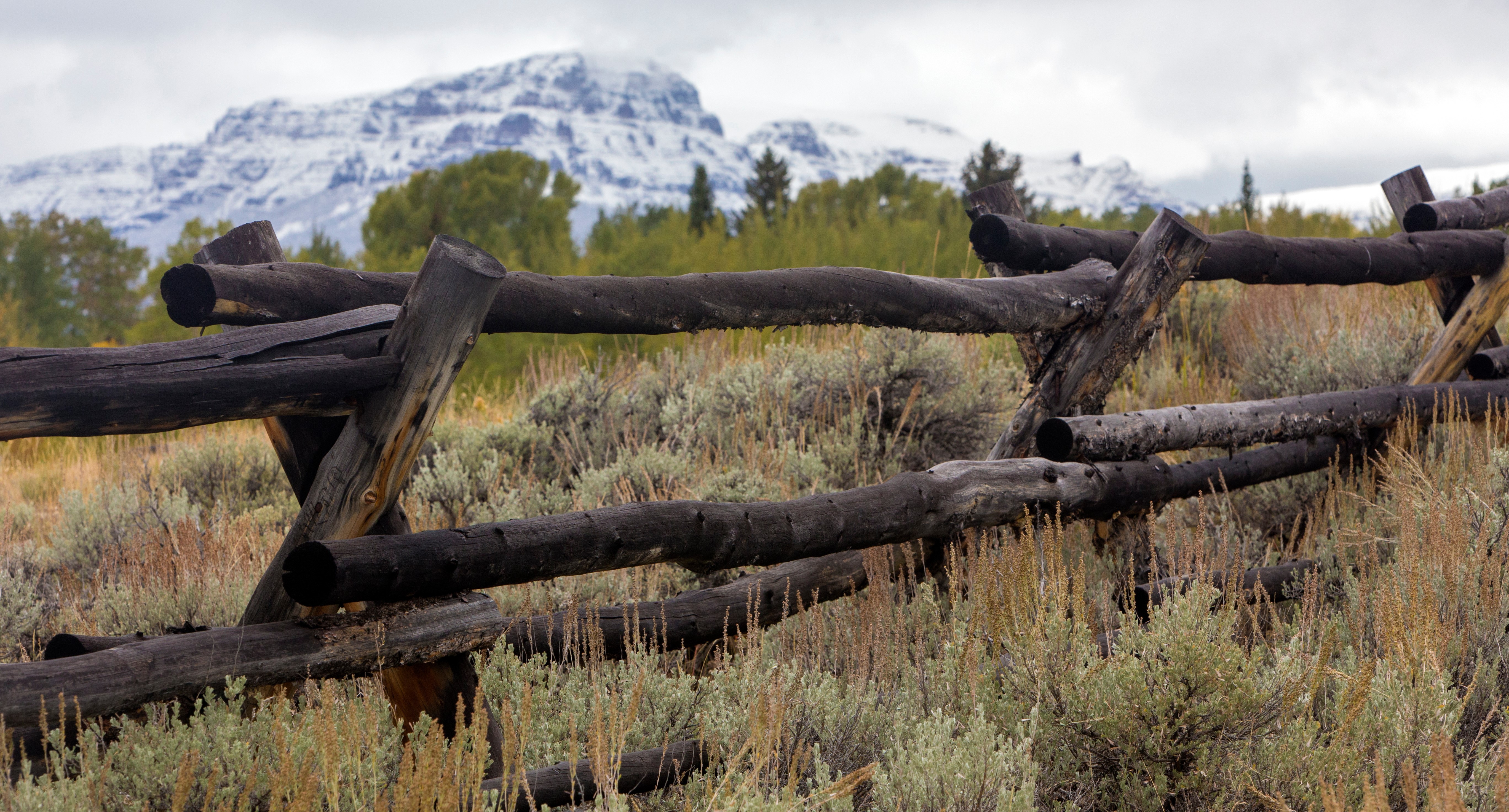Enacted in 1973, the Endangered Species Act (ESA) was intended to prevent the extinction of certain species by identifying the species at risk, creating and implementing a recovery plan, recovering the species, and removing them from the threatened and endangered species list. Since the ESA was last reauthorized more than two decades ago, fewer than 2% of species have met those criteria. Recovered species that should be celebrated as success stories languish on the list, while other species are listed but never are evaluated as part of a recovery plan.
Livestock grazing is one of the best tools to protect habitats for species – whether the populations are endangered, threatened, or robust, but ranchers and rural communities bear the burden of severe land and resource restrictions and countless lawsuits, which are brought by environmentalists funded by taxpayer dollars. While the intent of the ESA was noble, implementation has deteriorated such that many ESA decisions are made by the judicial branch. These groups abuse the law by constantly petitioning to add new species to the ESA list. Their barrage of petitions causes missed deadlines, which enables them to sue the government and reap taxpayer dollars as compensation, costing the federal government and ranchers millions of dollars and draining resources away from real recovery efforts.
PLC Recommendations
Follow the science. PLC supports addition of safeguards to exclude or weigh information submitted by organizations that have a financial interest in supporting the determination of listing threatened or endangered species.
Support permittees’ voluntary conservation work. Permittees provide water, habitat, and protection for many species through the normal course of their work. This work should be considered during the species’ evaluation process, and when looking at the long-term viability of species post-delisting. Agriculture is one of the most stable management conditions on the landscape, so keeping these lands open, available, and healthy for species should be rewarded.
Protect existing land use from arbitrary reintroduction efforts. Livestock producers have long lived in the same habitats as all kinds of wildlife and should not face removal from the landscape for new efforts to reintroduce species. Designation of new ecosystems with lines on a map that are not representative of current populations only creates additional conflict that harms ranchers and native wildlife.
Restore the ability to delist species. Species should be able to be delisted when they meet recovery goals. Delistings should be able to proceed when the best available science indicates that recovery goals have been met.
Clarify requirements for habitat designations and critical habitat designations. In Weyerhauser Company vs. United States Fish and Wildlife Service, the Supreme Court was clear that an ecosystem must first be habitat before it can be critical habitat – meaning that a species must be able to live in an area before USFWS makes a restrictive critical habitat listing. USFWS must comply with this ruling to reduce regulatory burdens.
Create robust tools for compensation when ESA-listed species damage ranchers’ operations. Many ESA-listed species cause damage to permittees’ property and operations. While ranchers continue to provide high-quality habitat as part of their normal work, they should not be expected to bear an undue burden when these species affect their business. Robust livestock depredation tools and fair, workable standards to provide compensation must accompany any ESA listing process.
